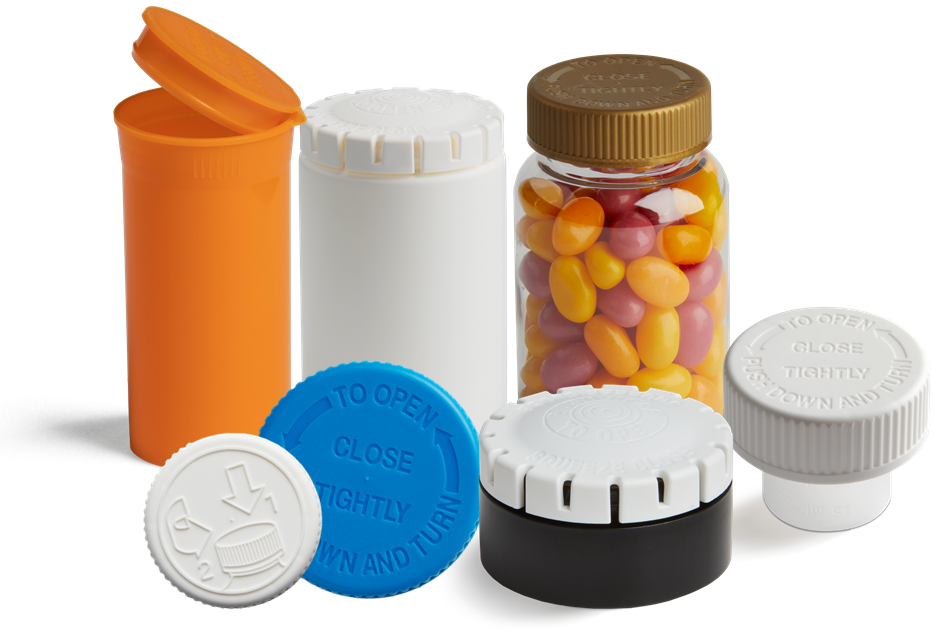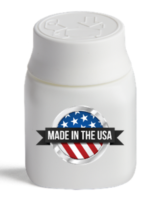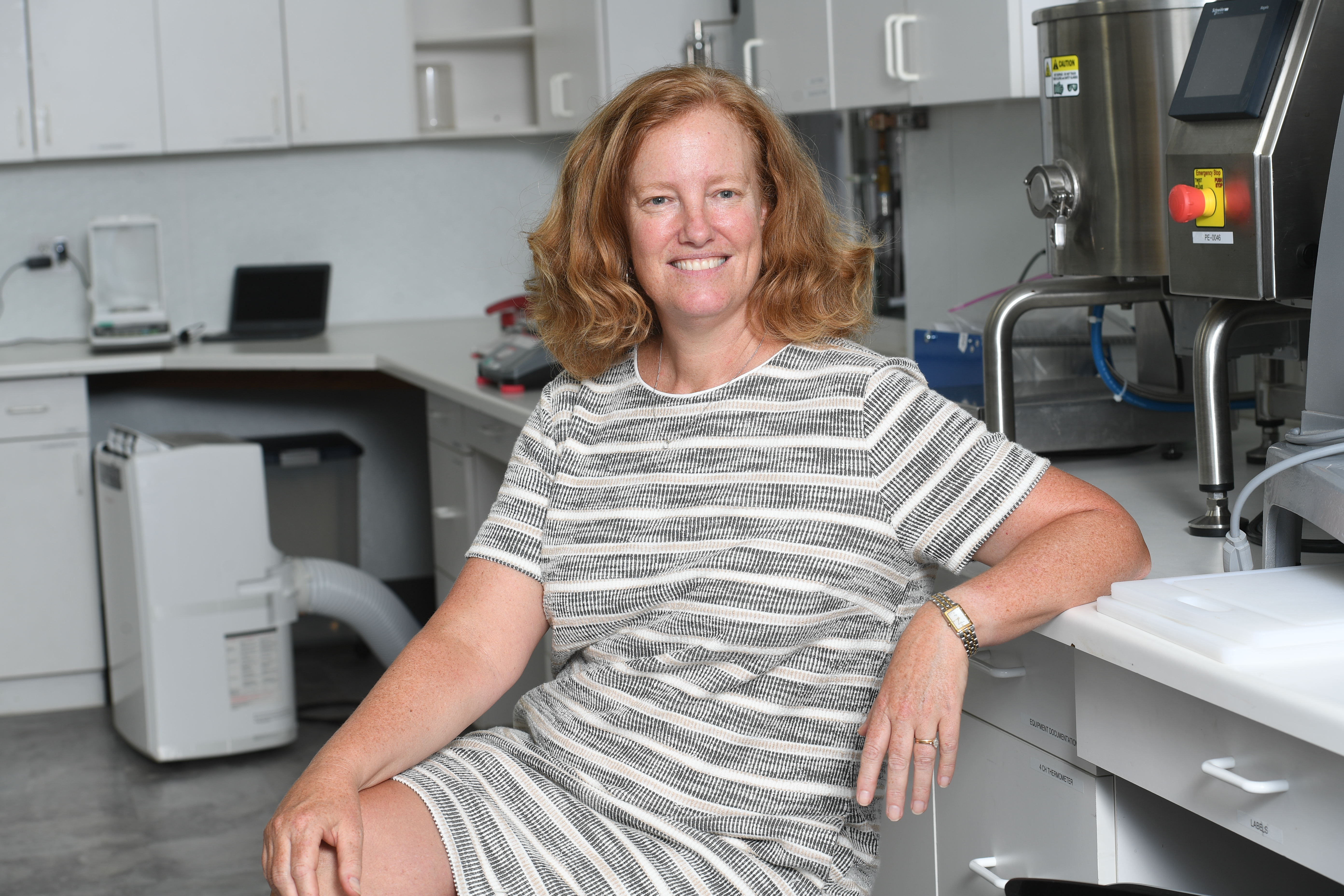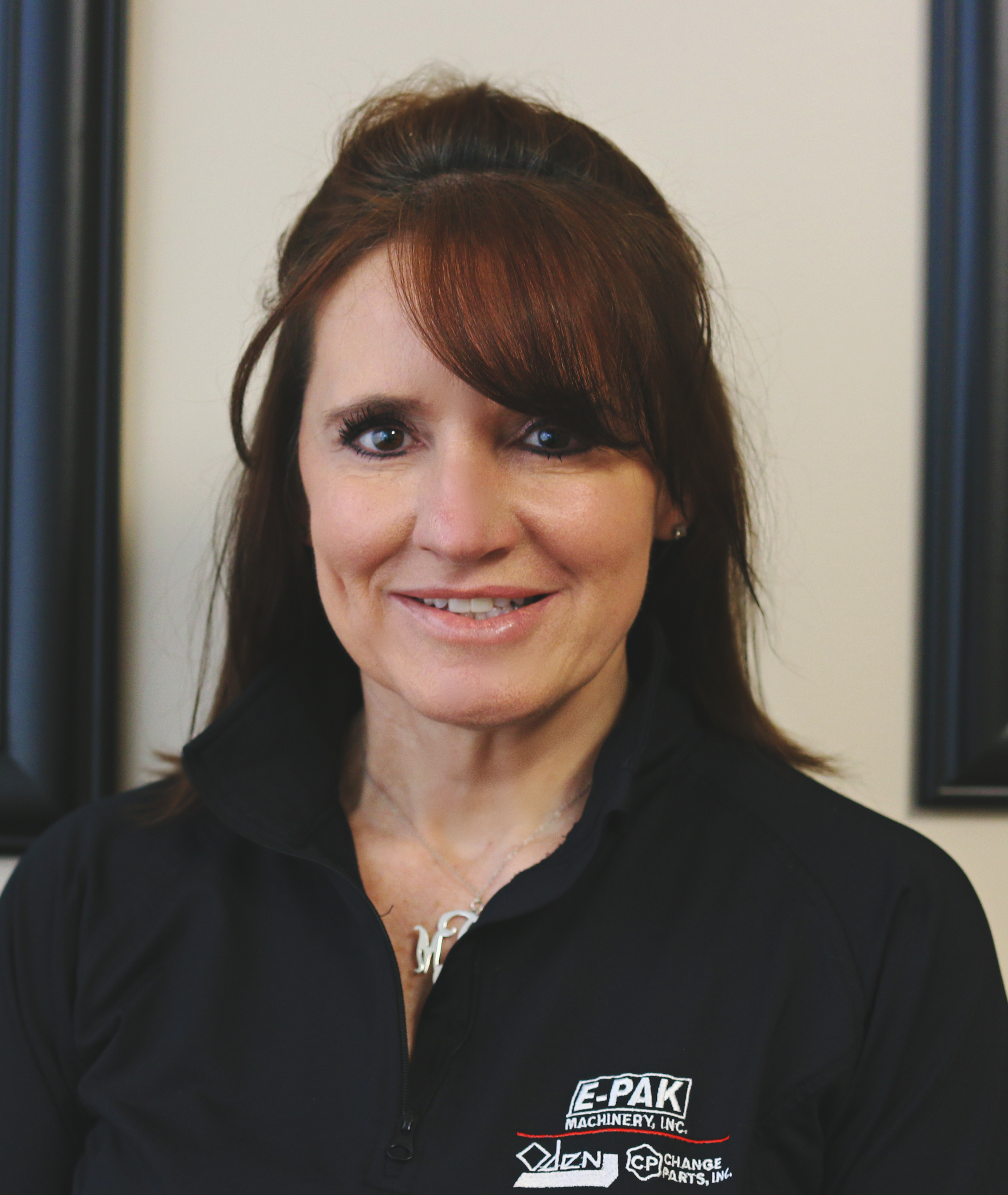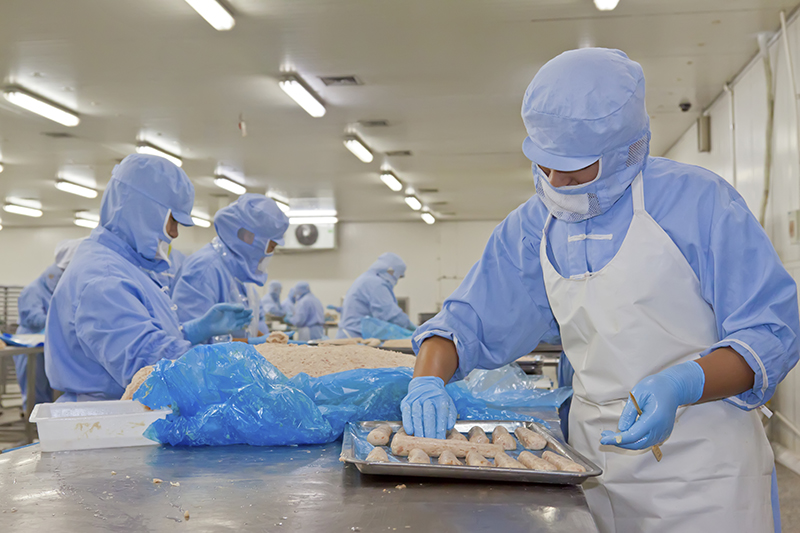If you missed the Cannabis Industry Journal’s 3rd Annual Infused Products Virtual Conference last week, one of the speakers, Ellice Ogle, founder and CEO of Tandem Food presented on Food Safety Culture in the Cannabis Industry. An overview of the information in the presentation can be found here, Concentrate On a Food Safety Culture In Your Workplace. Below are answers to some of the post-presentation questions we received, but were unable to answer during the Q&A session. To get your additional questions answered or for a complimentary consultation for your company, specially provided to readers of Cannabis Industry Journal, contact Ellice Ogle at Ellice@tndmfood.com.
Question: What are some recommended digital programs for internal auditing?

Ellice Ogle: Before looking at the tools for conducting an internal audit, understand the goal of the internal audit. One key aspect of internal auditing is knowing which standard(s) to audit against. For example, regulatory audits for cGMP certification are different than optional third-party certifications such as any GFSI scheme (SQF, BRC, PrimusGFS, etc). While the standards ultimately have the same goal of food safety with varying focuses, it is important to have an experienced food safety specialist conduct the audit as realistically as possible. The experienced specialist will then be able to recommend an appropriate tool for internal auditing moving forward, whether it is software such as FoodLogiQ, SafetyChain, Safefood 360°, among many others, or simply providing a template of the audit checklist. Overall, the risk of foodborne illnesses can be minimal, but it takes persistence and commitment to achieve a successful food safety culture. Metrics can assist in assessing the commitment to food safety and, as a result of these efforts, you will minimize the risk of compromising the health and safety of your guests, employees, foods and business. If you want a specific example, I’d like to direct you to a case study in partnership with Heylo LLC in Washington state, posted on the Tandem Food website.
Q: What are examples of ways to share environmental monitoring results to enhance a good edible safety culture?
Ellice: In the Control of Listeria monocytogenes in Ready-To-Eat Foods: Guidance for Industry Draft Guidance (2017), the FDA states that “a well-designed environmental monitoring program promotes knowledge and awareness of the environmental conditions that could result in product contamination and is a more effective program than product testing alone.” In other words, environmental monitoring programs and results can identify environmental conditions within a facility that could cause potential contamination. Publishing these findings, for example in the form of a case study or sharing the details of the practice, can enhance the food safety culture in the specific niche industry. For example, to borrow from the meat industry, Tyson Foods, Inc developed and shared environmental monitoring programs that are used by their peers, promoting a unified food safety culture, rather than competitive, guarded secrecy.
Q: Are the food safety requirements the same for retail and manufacturing?
Ellice: The food safety requirements are not exactly the same for retailers and manufacturers. The difference is inherent that retailers are working with finished product while manufacturers are working with raw ingredients and the manufacturing process to develop the finished product. Let’s take a closer look at cannabis regulation in Washington state. Chapter 314-55-104(12) states “Processors creating marijuana extracts must develop standard operating procedures (SOPs), good manufacturing practices (GMPs), and a training plan prior to producing extracts for the marketplace.” Compare this to the requirements for retailers, 314-55-105(11) which states “A marijuana producer, processor or retailer licensed by the WSLCB must conduct the production, processing, storage, and sale of marijuana-infused products using sanitary practices.” While SOPs and GMPs are not explicitly mentioned for retailers as they are for manufacturers, sanitary practices could be documented as Sanitation Standard Operating Procedures (SSOPs). Proper storage practices can also be an overlapping food safety concern with respect to temperature control or pest management systems. Overall, food safety should remain a top priority in maintaining the integrity of the products throughout the supply chain.
Q: To your knowledge, has there been a food safety outbreak associated with a cannabis-based product?
Ellice: One possible cannabis-related death investigated in 2017 uncovered deadly pathogens in medical cannabis. However, to my knowledge, I have not seen a food safety outbreak associated with a cannabis-based product. There might be any number of reasons that this is so, for example, possibly because a food safety outbreak associated with a cannabis-based product might not have had a large impact to make headlines. Although, with the cannabis industry already misunderstood and a stigma so prevalent to even promote fake news, it is better to prevent an outbreak from ever occurring. One thing to note is that ultimately cannabis is just another ingredient in existing products, of course with special properties. So, the common food safety offenders are present: listeria, Salmonella, E. Coli, among others. On the plant, cannabis food product manufacturers must minimize the risk of mycotoxins produced by molds, pest contamination, and pesticide contamination. For products that contain cannabis infusions or extractions as an ingredient, there is the possibility of the growth of Botulism toxin. Many of these pathogens can be minimized by appropriate heat treatment or maintenance of refrigeration, testing, and by practicing preventive measures. Arguably, the largest potential for pathogenic contamination is due to improper employee handling. To refer to what we discussed earlier, employee training is key, as well as proper enforcement. Having a strong food safety culture ensures that people have the knowledge of food safety risks and the knowledge of preventing outbreaks.
Q: Do any of the panelists know of any efforts to develop a food safety-oriented standard for the cannabis industry?
Ellice: One example of a specific effort to develop a food safety-oriented standard for the cannabis industry includes TraceTrust A True Dose™ & hGMP™ certification. However, there are efforts for other standards that have food safety included. Take organic certification, there are several companies creating and auditing against their own standard such as Clean Green Certified, Oregon Sungrown Farm Certification, or Washington Sungrowers Industry Association. The California Department of Food and Agriculture (CDFA) is also preparing a cannabis program comparable to the USA National Organic Program.
Q: Can you assist with cGMP certification?
Ellice: Yes, Tandem Food LLC is positioned to consult on cGMP certification for manufacturing facilities in the cannabis industry. First, a gap assessment can be conducted to obtain useful actionable data for you, rather than be an intimidating experience. Working from the identified baseline, Tandem Food will work with you to create and implement all related documentation and programs, providing training as necessary. Overall, with the right commitment, cGMP certification can take 6-12 months.














